Community Resilience in Action
Mehana Blaich Vaughan
Associate Professor, University of Hawai‘i at Mānoa
[Edited for brevity and clarity.]
In April 2018, torrential rains flooded Kaua‘i, setting a national record for the most rainfall in 24 hours, reaching nearly 50 inches. The result was catastrophic flooding that caused severe damage. Raised in the rural Halele‘a district, Vaughan shares what resilience looked like for the North Shore community.
“A few key lessons that emerged were that resilience lies in the strength of your existing community groups, the strength of people’s connection to place, and the strength of the connections they already have to one another.
After the floods, people went right into action, helping their neighbors. In the ensuing weeks, we organized teams by ahupua‘a and created a database of those affected. These teams went door-to-door checking on families and helped with everything from cleaning houses to doing loads of laundry to refilling prescriptions to helping process loan claims. Initially, people they visited would say, ‘I’m fine, go check on my neighbor; they are worse off.’ Our community has a lot of pride; they are strong; they don’t ask for help. What was important was to have people whom they know go back to them, and maybe by the third time, they could say, ‘OK, we need help.’
Groups like the Hui Maka‘ainana o Makana, Waipa Foundation, and the Kilauea Agricultural Park were already on the ground, so they were able to spring into action and immediately offer their staff and facilities to do things like make community meals.
People are clear that the strength and health of our ‘aina is the best resilience we have. The floodwater went through the lo‘i, that natural infrastructure was critical, as is the ongoing ability to feed ourselves from the land. Waipaā has an abundant garden. They were dispersing kale and more. Relief looks very different for our community. We didn’t need a lot of bottled water or packaged food.
After a disaster, there is this expectation that everything will get back to normal. For some people, normal no longer exists. Multiple communities in coastal Louisiana have had to move. And that’s the hard question, ‘How do you find ways to keep communities together after events like this?’ The biggest strength and solace after Kaua‘i’s floods was in having each other. If people are forced to move away and disperse from the community, that is undercutting the very source of their resilience.”
In 2019, Vaughan and 12 UH Manoa students interviewed over 70 Kaua‘i community members who shared their stories of the floods. A video featuring some of these stories can be seen on YouTube; type “Halana ka Mana‘o” in the search bar.




